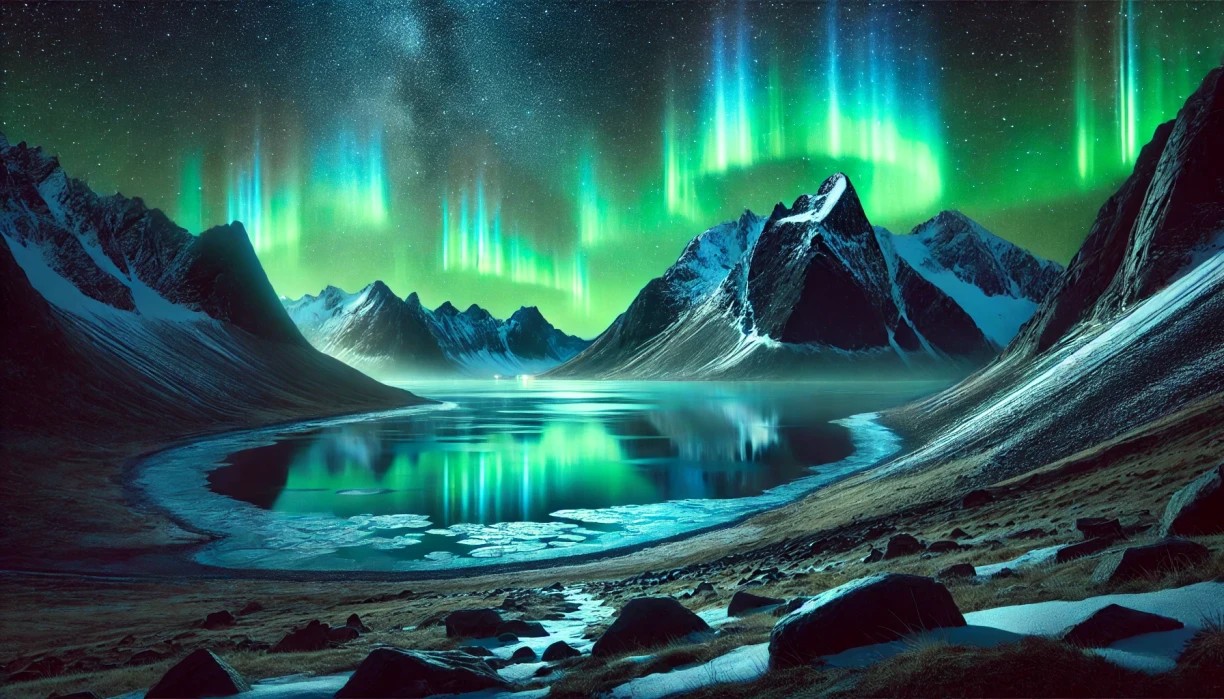
Auroras, known as the Northern and Southern Lights, are breathtaking natural light displays, typically seen near the polar regions. Despite their magical appearance, they are the result of well-understood scientific processes and provide an important glimpse into the dynamic relationship between Earth and the Sun.
These vibrant green, pink, purple, and red colours are produced when charged particles from the Sun, primarily electrons and protons, collide with gases in Earth’s atmosphere – such as oxygen and nitrogen. This collision excites the gases, which then emit light, creating the glowing arcs and waves that dance across the sky.
Space physicist Syun-Ichi Akasofu has long highlighted auroras as one of the most vivid manifestations of solar-terrestrial interactions, offering a direct visual representation of the energy exchange between the Sun and Earth (Akasofu, 1966). The occurrence of auroras is in fact closely tied to the Sun’s activity, which alternates 11-year solar cycles of higher and lower activity, known as maximum and minimum phases.
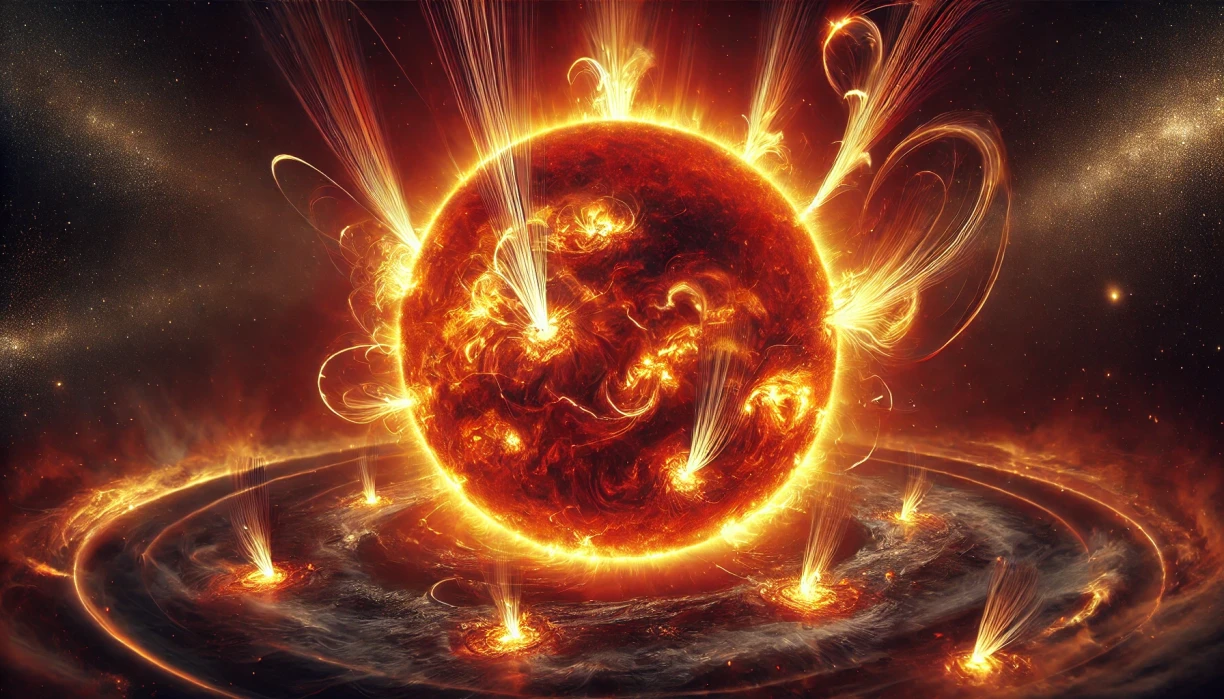
During the solar maximum – the current phase – large bursts of solar wind and plasma called coronal mass ejections (CMEs) are more common and powerful. Depending on the strength and direction of the CMEs, as well as the intensity of the interaction with Earth’s magnetic field, auroras can be experienced farther from the poles.
While the classic green auroral arcs are the most familiar, there are several types of auroras. The discrete arc aurora is the most common and appears as bright, colourful bands that sweep across the sky. These arcs are formed by concentrated streams of charged particles, interacting with Earth’s magnetic field in localized regions.
Diffuse auroras, on the other hand, are fainter and appear patchier or pulsating. These auroras cover a broader part of the sky and may seem to flicker on and off, often caused by wave-particle interactions in the magnetosphere.
One of the rarer types of auroras is the Stable Auroral Red (SAR) arc, which appears as a faint, deep red arc.
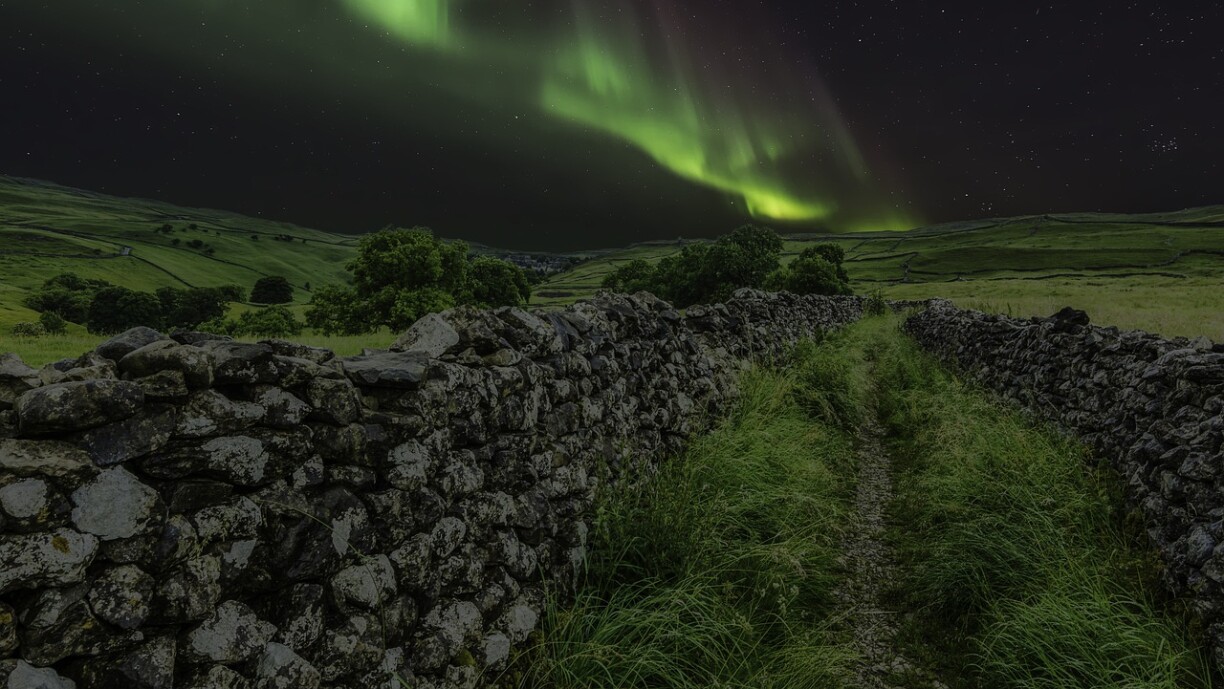
Unlike other auroras, SARs result from the heating of particles in the Earth’s upper atmosphere, rather than direct interactions with solar wind. They are typically observed during intense geomagnetic storms, further south than traditional auroras, adding to their rarity.
We are currently in Solar Cycle 25 with the solar maximum expected to peak in 2025, and we’re already seeing a significant increase in auroras. “The solar maximum is expected to produce more frequent and brighter auroras due to heightened solar storm activity,” explains Dr. Tamitha Skov, a renowned space weather expert.
As we approach the peak of the solar maximum, auroras are expected to become even more frequent and visible in regions far beyond their usual polar homes. Dr. Michael Lockwood, professor of space environment physics at the University of Reading, notes that “during a solar maximum, large geomagnetic storms can lead to auroras being visible at latitudes as low as 40 to 50 degrees” (Lockwood, 2021). 2025 will thus offer prime opportunities to witness these dazzling light shows.
For those interested in catching a glimpse of these cosmic displays, it’s helpful to monitor solar storm activity through space weather forecasting sites like NOAA’s Space Weather Prediction Center. These services provide real-time updates on geomagnetic storms, helping aurora watchers know when the lights are most likely to appear.
Find the perfect spot: Start by finding a dark location, far from city lights, to reduce light pollution. Arriving early is a good idea – this gives you time to scout the area and compose your shot before the aurora begins.
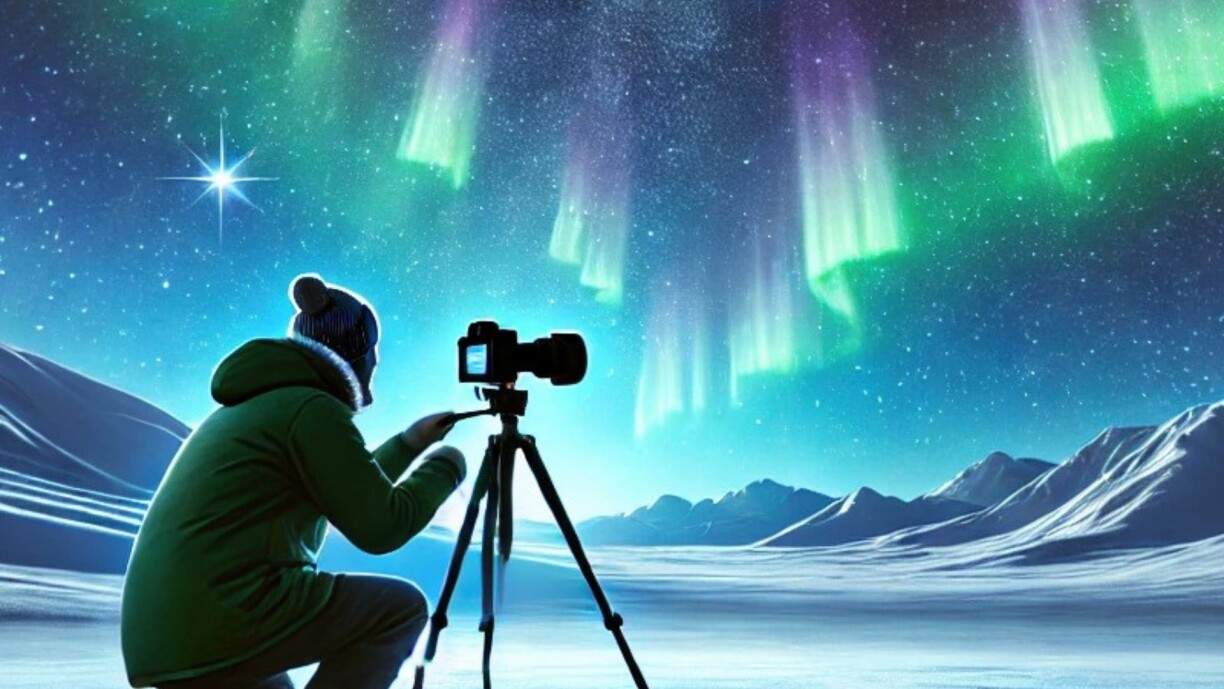
Set the right ISO: For aurora photography, an ISO setting between 800 and 1600 strikes a good balance between light sensitivity and image noise. Higher ISO settings may introduce unwanted grain, so it’s important to find the right compromise for your camera.
Use a wide-angle lens: A focal length of 14–24mm is ideal for capturing the vastness of the aurora across the sky. This allows you to cover a large area while keeping the scene dynamic.
Adjust your exposure time: Set your exposure time between 5 and 25 seconds, depending on how fast the auroras are moving. Faster auroras require shorter exposures, while slower-moving lights can benefit from longer exposures to enhance the colours.
Stabilise your camera: Stability is crucial for long exposure shots, so use a sturdy tripod to avoid any blurring. For even sharper results, consider using a star tracker, which compensates for the Earth’s rotation and allows for longer exposures without smearing the stars.
Experiment with settings: Camera settings may vary based on your equipment. While DSLRs and mirrorless cameras offer more control, modern smartphones also have night modes that can capture decent aurora images. Experiment with your camera’s settings to find the best combination for the conditions.
As solar activity increases, so do our chances to watch the auroras. Here are some of the best places in Europe to see it:
Tromsø, Norway: Located well above the Arctic Circle, Tromsø is renowned for frequent and vivid auroral displays.
Abisko, Sweden: This small town in Swedish Lapland offers dark skies and a microclimate that often provides clear conditions for aurora watching.
Reykjavik, Iceland: With its northern latitude, Iceland’s capital is an accessible and popular spot for seeing the Northern Lights.
Rovaniemi, Finland: Known for its beautiful Arctic landscapes, Rovaniemi offers excellent aurora viewing opportunities, especially in winter.
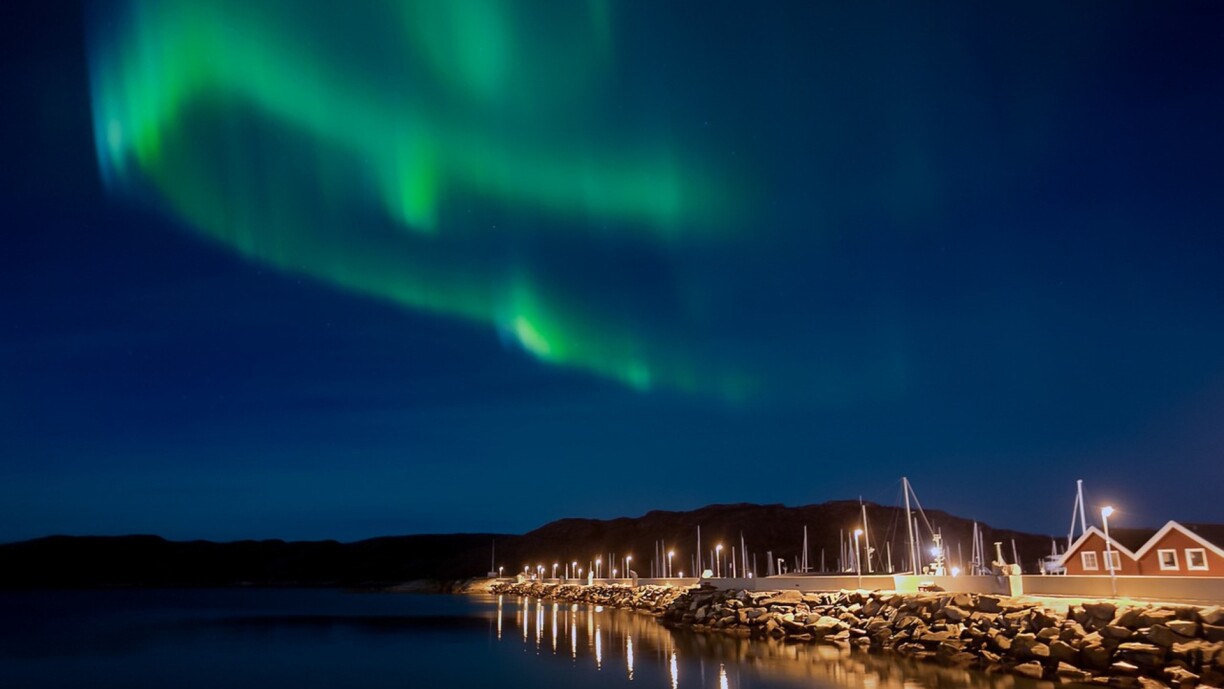
The next couple of years will be a golden opportunity to witness nature’s most spectacular light show, so prepare your camera, head north, and experience the beauty of the auroras during the solar maximum.
Reference list:
Akasofu, S.-I. (1966). Auroral dynamics: The importance of the solar wind. Cambridge University Press.
Lockwood, M. (2021). Geomagnetic storms and auroras: The influence of solar maximum. University of Reading, Space Environment Physics.
Skov, T. (2024). Understanding solar weather and its impact on auroral activity. Space Weather Expert.
Adriano Anfuso is a photographer and digital creator who is passionate about capturing the awe-inspiring beauty of the cosmos and Earth’s wonders. You can check out his work here.